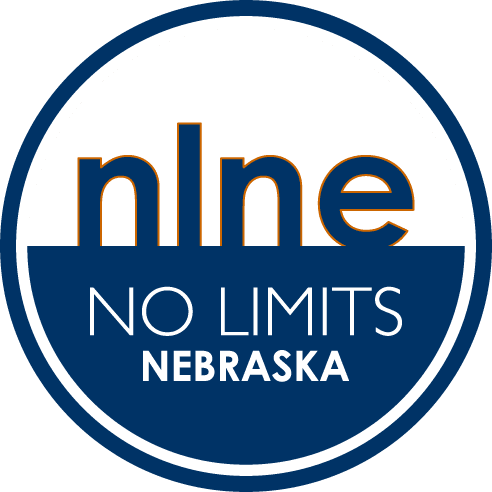 Article by: Campaign for Tobacco-Free Kids
Article by: Campaign for Tobacco-Free Kids
Posted: June 15, 2017
WASHINGTON, D.C. – The government’s 2016 National Youth Tobacco Survey released today provides good news across the board about the nation’s fight to protect kids from tobacco use – the leading cause of preventable death. It shows that cigarette smoking among high school students fell to a record-low 8 percent in 2016, youth use of electronic cigarettes declined for the first time after skyrocketing in recent years, and the percentage of high school students using any tobacco product dropped from 25.3 percent in 2015 to 20.2 percent in 2016 (a 20 percent decline).
The dramatic, long-term decline in youth cigarette smoking is a public health success story of extraordinary importance. Since this survey was first conducted in 1999, high school smoking has fallen by a remarkable 72 percent – from 28.5 percent to 8 percent. This means millions of Americans will be spared the terrible diseases and premature deaths caused by smoking.
Youth e-cigarette use declined significantly from 2015 to 2016, falling from 16 percent to 11.3 percent among high school students after increasing from just 1.5 percent in 2011. This drop is promising, but it is too soon to know whether it is a long-term trend or a one-year blip. E-cigarettes are still used by too many youth, and they continue to be marketed using sweet flavors and other tactics that clearly appeal to kids. As a Surgeon General’s report concluded last year, youth use of nicotine in any form, including e-cigarettes, is unsafe, can cause addiction and can harm the developing adolescent brain.
Today’s survey reminds us of two central facts: 1) We know how to reduce tobacco use and win this fight; and 2) the nation’s battle against tobacco is far from over. The new survey shows why elected officials at all levels must fully implement the proven strategies that have achieved such enormous progress. It is unacceptable that 3.9 million middle and high school students – including one in five high school students – still use some form of tobacco. It is also troubling that 13.8 percent of high school students still smoke tobacco products such as cigarettes, cigars and hookah.
Our progress stems directly from implementing proven strategies, including higher tobacco taxes, comprehensive smoke-free laws, effective FDA oversight of tobacco products and marketing, well-funded tobacco prevention and cessation programs, and hard-hitting media campaigns, like the campaigns conducted by the CDC, the FDA and Truth Initiative in recent years. In addition, California, Hawaii and over 245 cities and counties![]() have now raised the tobacco sale age to 21.
have now raised the tobacco sale age to 21.
However, continued progress is threatened by pending proposals that would undermine the FDA’s authority over e-cigarettes and cigars and slash funding for the CDC’s tobacco prevention and cessation programs. Legislation introduced in Congress would greatly weaken FDA oversight of e-cigarettes and cigars, and the Trump Administration is deciding whether to defend FDA oversight of these products against tobacco industry legal challenges. In addition, the Trump Administration’s proposed FY 2018 budget would eliminate the CDC’s Office of Smoking and Health and dedicates no funds specifically for tobacco control. If the U.S. is to keep making progress against tobacco, these harmful proposals must be rejected.
The fight against tobacco must remain a national priority as tobacco use still kills nearly half a million Americans and adds $170 billion in health care expenses each year. In addition, our progress has been uneven and adult smoking rates remain high among the most vulnerable Americans, including those who are poor, have less education, are uninsured or covered by Medicaid, have mental illness, are American Indian/Alaska Native, or are lesbian, gay, bisexual or transgender (LGBT).
We cannot declare victory until all children can grow up tobacco-free and all Americans are protected from the devastating consequences of tobacco use.
The 2016 National Youth Tobacco Survey results were published by the CDC and the FDA in this week’s Morbidity and Mortality Weekly Report.
